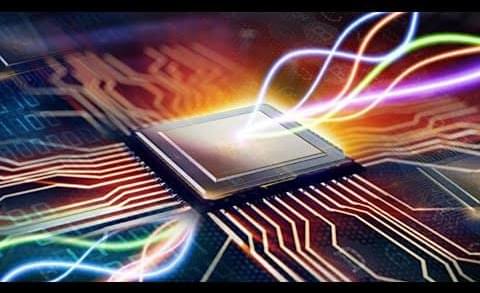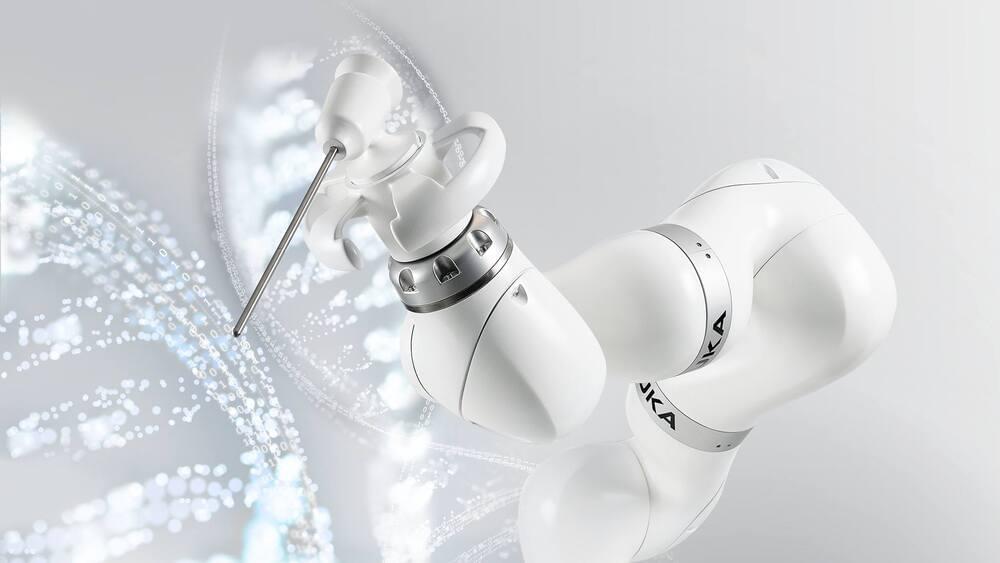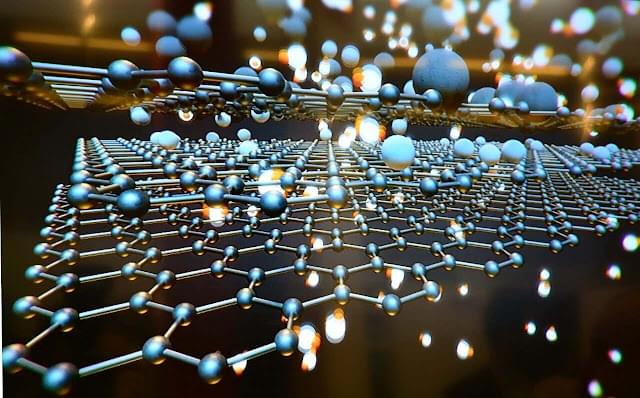First, AI can be taught to forget. This means that not only can AI identify who knows what about a topic, but it can also contextualize that information and recognize when information becomes outdated and redundant, meaning it can ‘forget’ unuseful data as needed. Second, using non-sensitive information drawn from existing tools, AI is able to see through silos. It can use all kinds of information to draw conclusions at scale, creating in one integrated platform a live map or ‘knowledge network’ of who knows what within an organization.
In short, using data, AI can build a network of knowledge and expertise in real time. When searching for answers, everyone can then access the most accurate, up-to-date information or the best expert, at that specific point in time, to help instantly.
Before the zettabytes of data grow to yottabytes, it’s time to embrace AI’s role in tackling data overload. With AI, we can start leveraging data in the way businesses and employees demand: to empower connection, problem-solving, collaboration, and finding the answers we need.









